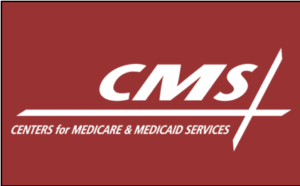In a speech at a University of Southern California-Brookings Institution event, Seema Verma, Administrator of the Centers for Medicare and Medicaid Servicespointed to 2016 figures showing more than $1 billion in missed savings.
By Alaric Dearment

MedCity News – Oct 21, 2018
Medicare Part D plans must do more to encourage generic drug utilization as statistics show patients spending significant sums on branded drugs when generic alternatives are available, the head of the agency that runs Medicare said Thursday.
Speaking at a University of Southern California-Brookings Schaeffer Initiative for Health Policy event, Centers for Medicare and Medicaid Services Administrator Seema Verma pointed out that while 90 percent of prescriptions dispensed in the US are for generic drugs, in 2016 Medicare Part D beneficiaries spent $1.1 billion in out-of-pocket expenses for branded drugs that have comparable generics. “So savings for patients are being left on the table,” she said. Additional barriers stand in the way of full generic utilization, she added. “So stay tuned for more from us on that issue.”
The remarks relate to a broader effort by the Trump administration to lower the costs of prescription drugs, costs that Verma pointed out are – in the case of Medicare – growing rapidly, from 17 percent of Medicare’s total budget in 2012 to 23 percent in 2016. She emphasized that encouraging market competition would be the means by which costs were reduced rather than what others have suggested, such as allowing Medicare to directly negotiate drug prices with manufacturers.
The Food and Drug Administration has also encouraged generic competition, in part by publishing alistof branded drugmakers that it says use restrictive means – such as Risk Evaluation and Mitigation Strategies – to thwart generic competition. Another possible means is to crack downon manufacturers’ use of citizen petitions to delay generic entry.
Other initiatives, like the proposal to require manufacturers to include list prices in ads for their products, have sparked debate. A legal expert said the First Amendment would not likely protect drugmakers from having to include such information in their ads. However, another disputed whether the administration’s move would actually result in lower drug prices, adding that it would instead probably create confusion among consumers and potentially discourage people from taking medicines.‘Greg Says’believes one of the highest priorities for the CMS needs to be how to control the rising cost of prescription meds. It will take a combined effort of the government, drug manufacturers and insurance companies to reduce the cost of prescription drugs





